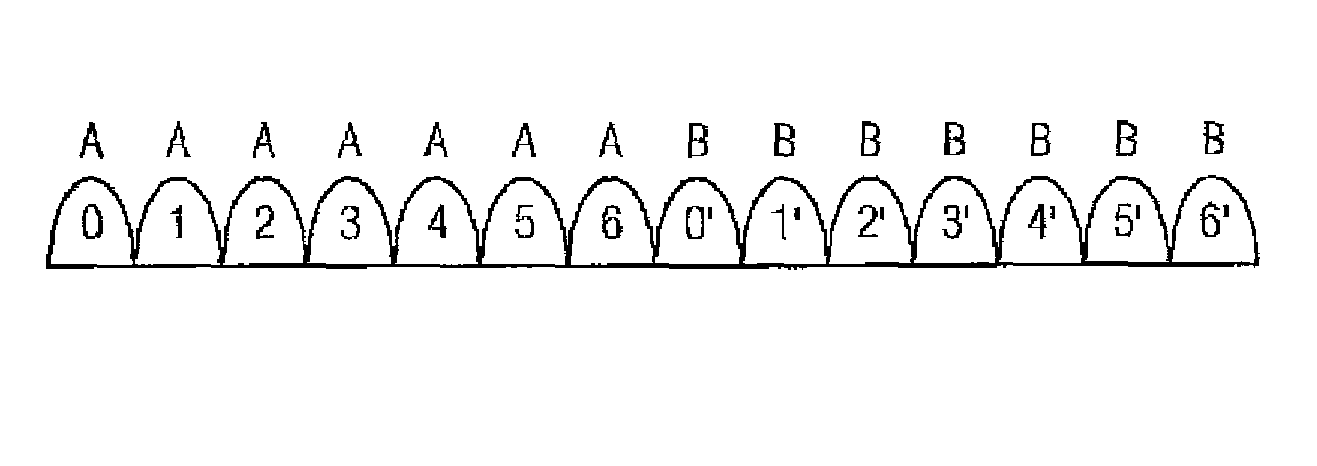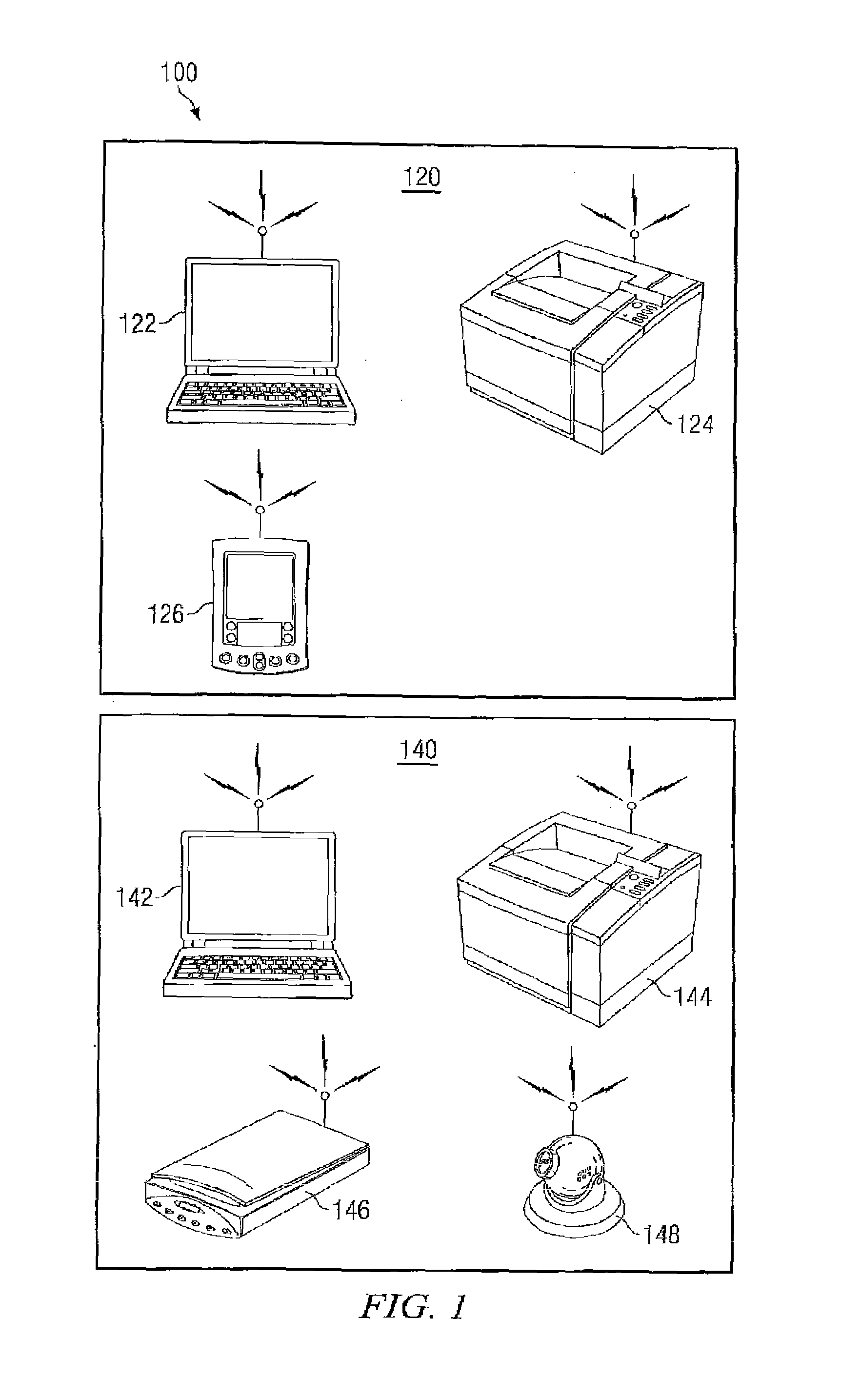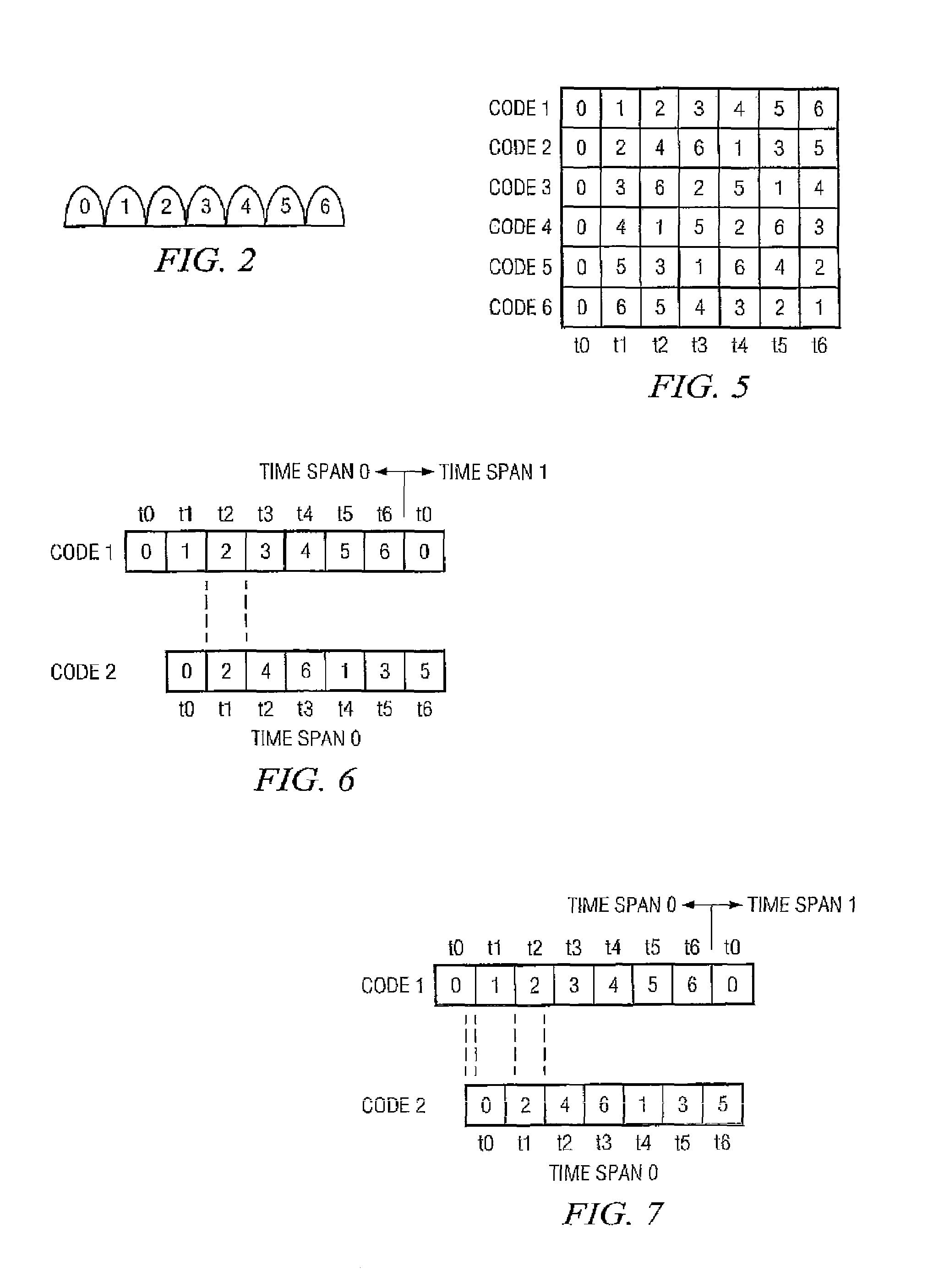Methods and sets of piconets using time frequency division multiple access
a time frequency division and multiple access technology, applied in the field of piconets, can solve the problems of significant amount of coordination, add to the complexity of a radio device, and coordination may be undesired, and achieve the effect of reducing contention tim
- Summary
- Abstract
- Description
- Claims
- Application Information
AI Technical Summary
Benefits of technology
Problems solved by technology
Method used
Image
Examples
Embodiment Construction
[0042]Reference is now made in detail to the exemplary embodiments of the invention, examples of which are illustrated in the accompanying drawings. Wherever possible, the same reference numbers will be used throughout the drawings to refer to the same or like parts (elements).
[0043]A set of piconets, methods of establishing and using them, and computer programs for carrying out at least a portion of those methods may help to reduce contention time between piconets. In one embodiment, a seven-length code architecture may be used with one or more groups of bands so that contention time cannot exceed 1 / 7 of the time times the number of group(s) of dwell times. Up to seven different bands can be assigned to each group of dwell times. When less than seven bands are used (e.g., three or six), at least one of the bands may be assigned to more than one dwell time during a time span. Alternatively, dwell time may be assigned to a different band. The state may be changed as needed or desired...
PUM
 Login to View More
Login to View More Abstract
Description
Claims
Application Information
 Login to View More
Login to View More - R&D
- Intellectual Property
- Life Sciences
- Materials
- Tech Scout
- Unparalleled Data Quality
- Higher Quality Content
- 60% Fewer Hallucinations
Browse by: Latest US Patents, China's latest patents, Technical Efficacy Thesaurus, Application Domain, Technology Topic, Popular Technical Reports.
© 2025 PatSnap. All rights reserved.Legal|Privacy policy|Modern Slavery Act Transparency Statement|Sitemap|About US| Contact US: help@patsnap.com



